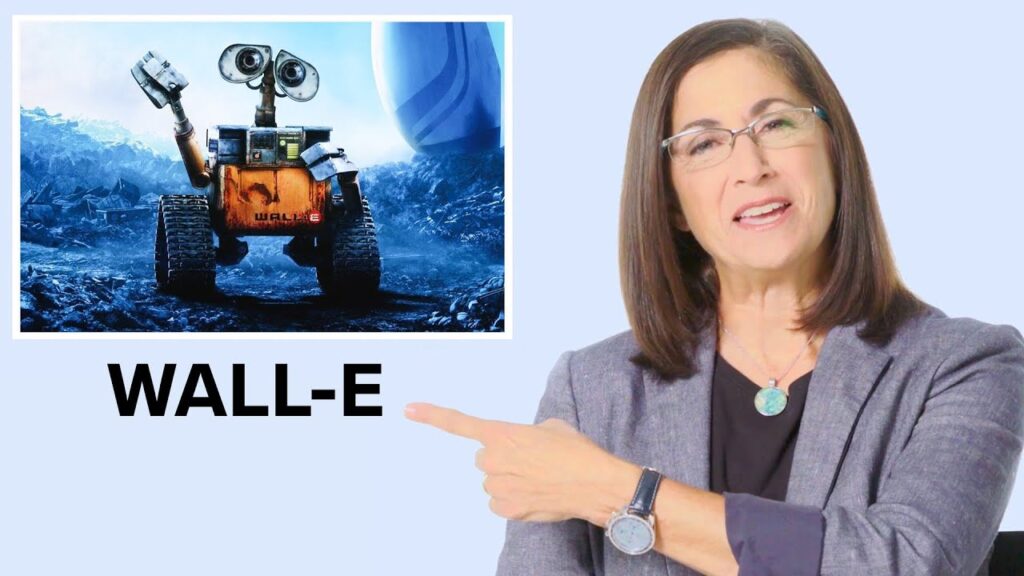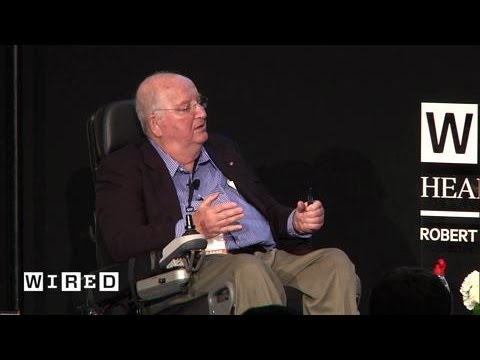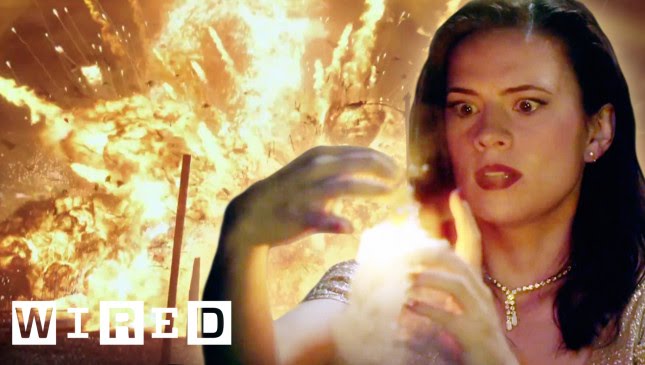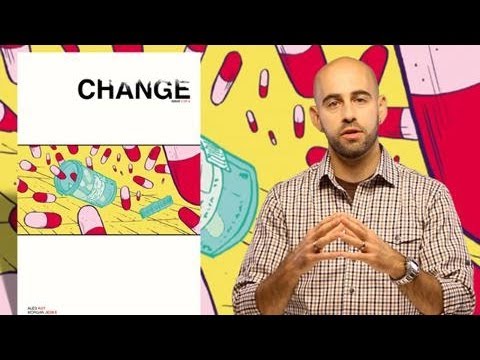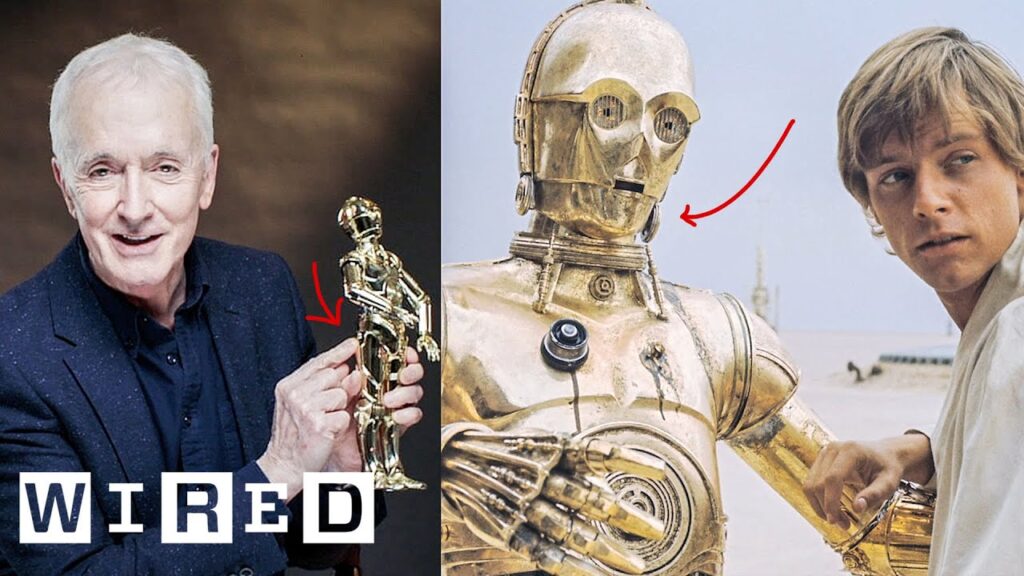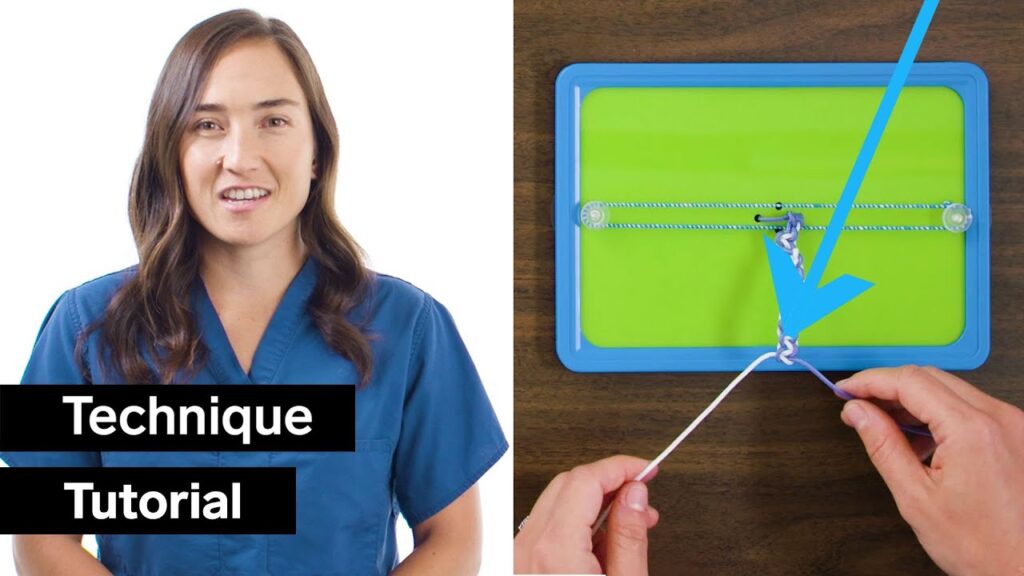Revolutionizing Medical Diagnosis with Technology
Summary
In this article, we explore the potential for technology to revolutionize the way medical diagnoses are made. We discuss the challenges of automating medical diagnosis and propose that with access to public health data and medical literature, as well as data from sensors, it may be possible to create an algorithmic approach to diagnosis. We also examine the challenges of classifying diseases in the medical field and propose an analogy to software diseases. Finally, we discuss how simple programs can create complex outcomes and suggest that computational drugs may be the answer to finding cures for diseases.
Table of Contents
- The Challenge of Automating Medical Diagnosis
- Classifying Diseases: An Analogy to Software Diseases
- The Complexity of Finding Cures for Diseases
- Conclusion
The Challenge of Automating Medical Diagnosis
The speaker acknowledges the difficulty of automating medical diagnosis, but suggests that as more data becomes available, the process of diagnosis will become more computational. They mention having done some work with healthcare data to create custom versions of Wolfram Alpha for healthcare organizations, but have not yet experimented with diagnosing patients using this data. The speaker believes that with access to public health data and medical literature, as well as data from sensors, it may be possible to create an algorithmic approach to diagnosis.
Classifying Diseases: An Analogy to Software Diseases
The speaker discusses the challenges of classifying diseases in the medical field and proposes an analogy to software diseases. While there are numerous classifications for diseases, there is still a lack of understanding about how to diagnose and treat them effectively. The speaker suggests that by studying software systems, researchers may be able to identify new ways to measure a system’s health and diagnose problems. However, they caution that even within broad categories of diseases, there is a tremendous amount of variation that can make it difficult to develop effective treatments.
The Complexity of Finding Cures for Diseases
The speaker discusses how simple programs can create complex outcomes, similar to how different immune system cells run different programs. This complexity may make it difficult to find cures for diseases, but the speaker suggests that computational drugs may be the answer. These drugs would be like a universal platform, capable of changing their actions based on their environment. The speaker believes that people will monitor their health like they do their finances and that algorithms will be used to diagnose and treat illnesses. Sensor data will play a significant role in this process.
Conclusion
In conclusion, the potential for technology to revolutionize the way medical diagnoses are made is vast. With access to public health data and medical literature, as well as data from sensors, it may be possible to create an algorithmic approach to diagnosis. However, the challenges of classifying diseases and finding cures for them remain. Continued research and innovation in the field of medical diagnosis and treatment will be necessary to make progress in this area.

